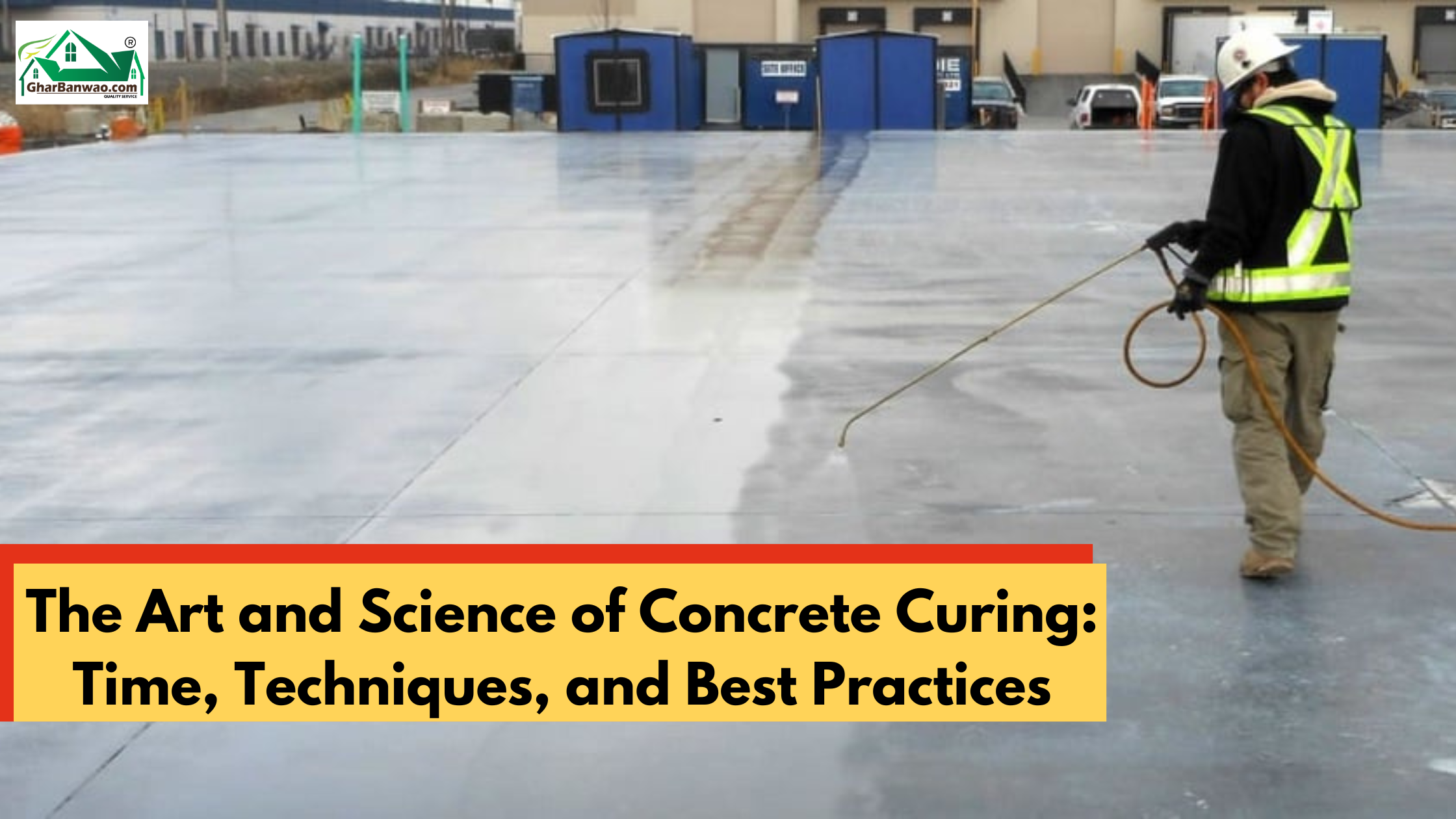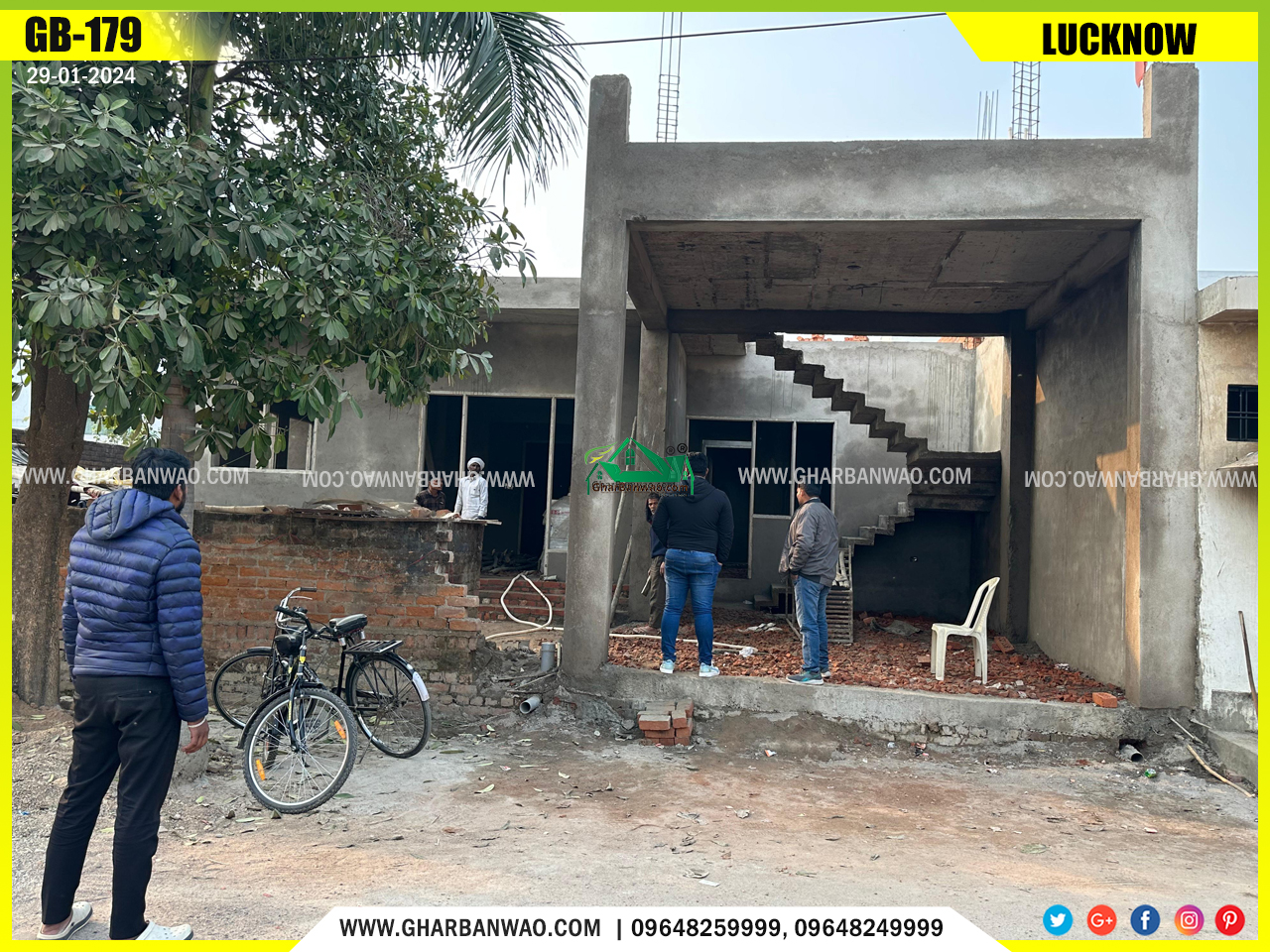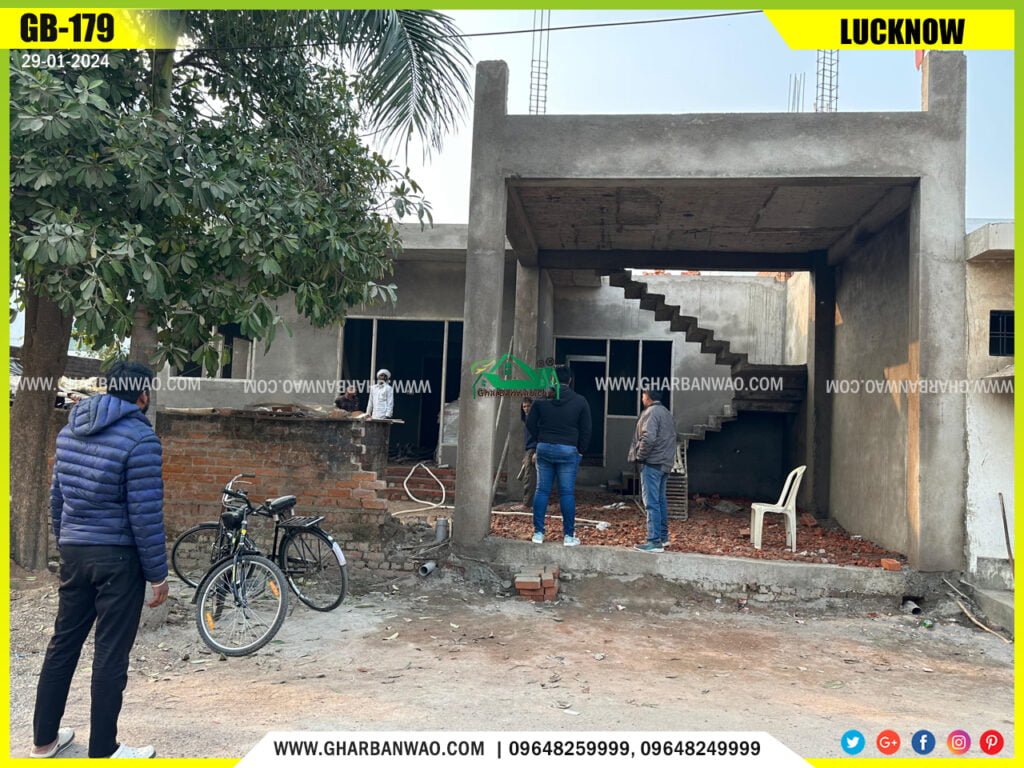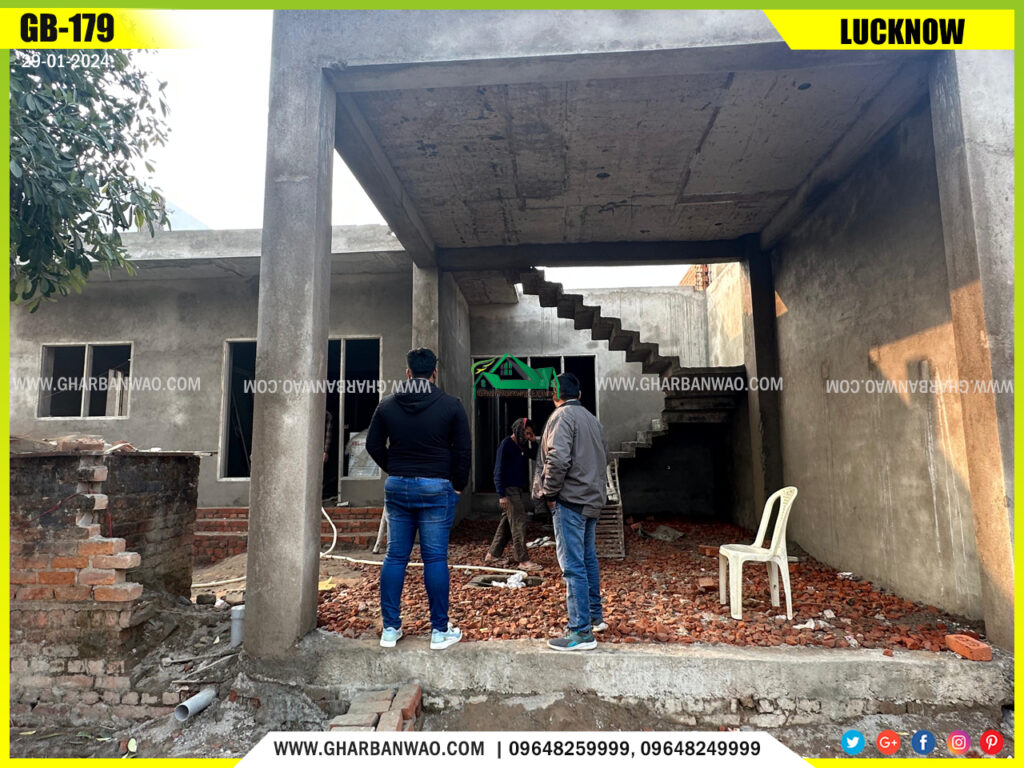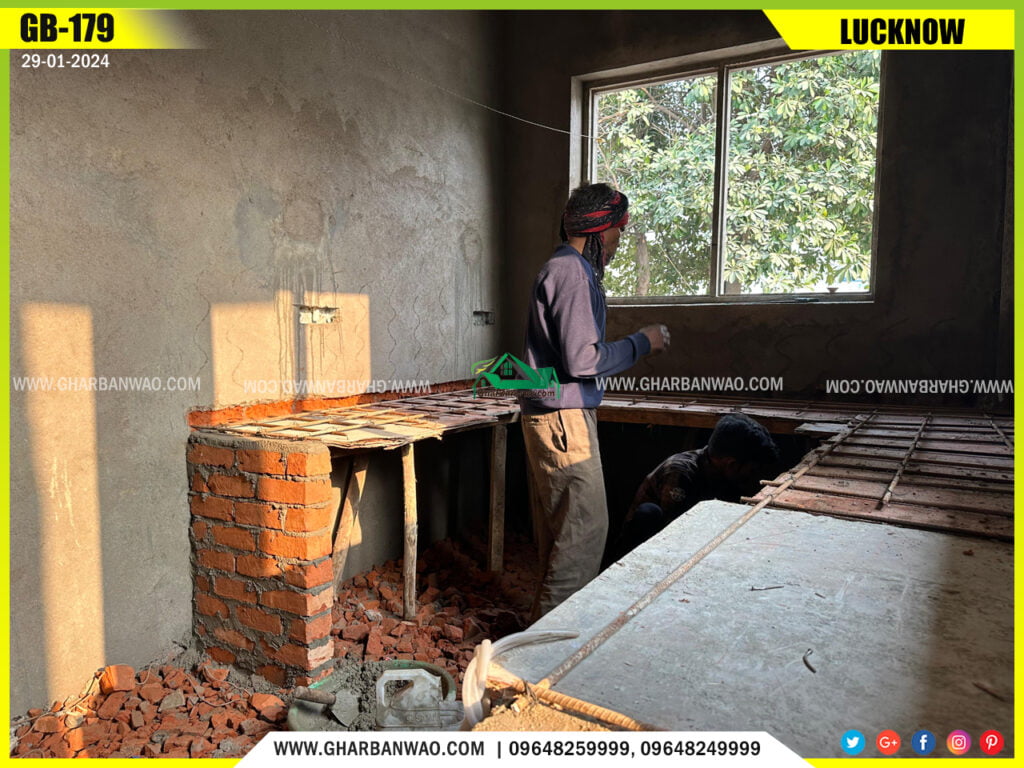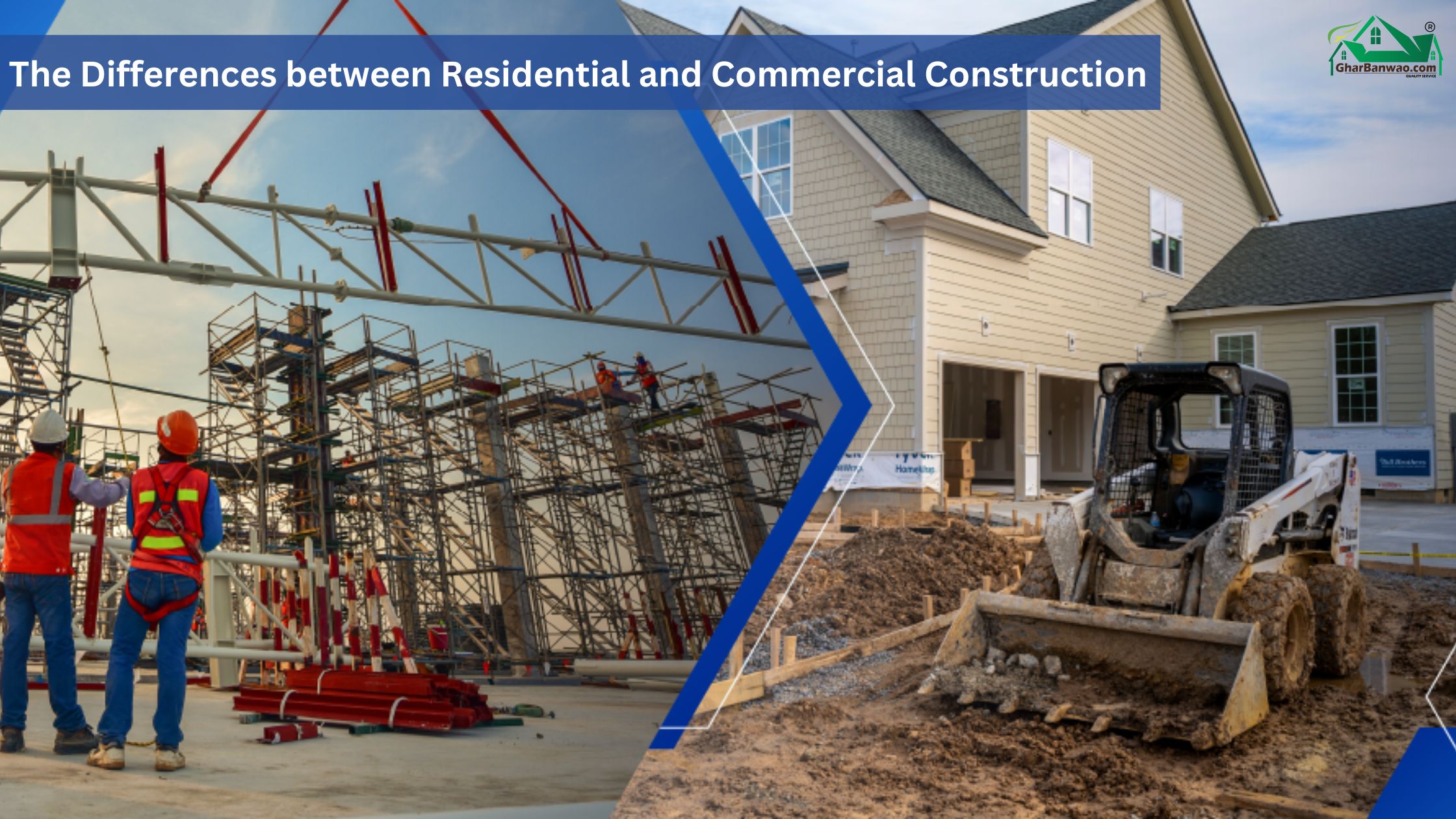The Art and Science of Concrete Curing: Time, Techniques, and Best Practices

Introduction:
Concrete is the backbone of modern construction, but its strength and durability depend significantly on how well it’s cured. Curing is a critical process that allows concrete to reach its full potential, enhancing its strength, durability, and resistance to various environmental factors. In this comprehensive guide, we’ll delve into the nuances of concrete curing time, exploring the factors that influence it, the best practices for optimal curing, and why it matters.
Understanding Concrete Curing Time:
Before diving into curing time specifics, it’s essential to understand what curing is. Curing refers to the process of maintaining adequate moisture and temperature conditions for freshly placed concrete to ensure proper hydration of cementitious materials, leading to optimal strength development and durability. The curing process is crucial because it directly impacts concrete’s long-term performance and longevity.
Factors Influencing Curing Time:
Several factors influence how long concrete needs to cure effectively:
Concrete Mix Design: The composition of the concrete mix, including the types and proportions of cement, aggregates, water, and additives, can influence curing time.
Environmental Conditions: Temperature, humidity, wind, and sunlight exposure play significant roles in curing. Extreme conditions can either accelerate or delay curing.
Curing Methods: Various curing methods, such as water curing, membrane curing compounds, and curing blankets, can affect the duration of curing required.
Concrete Thickness: Thicker concrete sections generally require longer curing times to ensure complete hydration and strength development.
Admixtures: The use of admixtures like accelerators or retarders can impact curing time by altering the hydration process.
Optimal Curing Time:
While the specific curing time can vary based on the aforementioned factors, industry standards, and best practices provide general guidelines:
Initial Curing: The initial curing period typically lasts for the first 24 to 48 hours after concrete placement. During this time, maintaining adequate moisture is crucial to prevent rapid moisture loss and ensure proper hydration.
Intermediate Curing: Following the initial curing phase, concrete should undergo intermediate curing, which involves keeping the concrete moist and protected for an extended period, often up to 7 days or more, depending on factors like concrete strength requirements and environmental conditions.
Long-Term Curing: Long-term curing involves ensuring that concrete remains adequately hydrated and protected for an extended period, usually up to 28 days or longer, to achieve maximum strength and durability.
Best Practices for Concrete Curing:
To achieve optimal curing and enhance concrete performance, adhere to these best practices:
Start Curing Early: Begin curing as soon as possible after concrete placement to minimize moisture loss and promote hydration.
Maintain Moisture Levels: Use methods like water curing, compounds, or coverings to maintain consistent moisture levels during the curing period.
Control Temperature: Avoid extreme temperature fluctuations during curing, as they can impact concrete strength development.
Monitor Concrete Thickness: Adjust curing times based on the thickness of concrete sections to ensure complete hydration and strength development.
Follow Industry Guidelines: Adhere to industry standards and recommendations for curing practices, including duration, methods, and environmental conditions.
Conclusion:
Concrete curing time is a critical aspect of achieving durable, high-performance concrete structures. By understanding the factors influencing curing time, following best practices, and leveraging appropriate curing methods, construction professionals can ensure that concrete reaches its full potential in terms of strength, durability, and long-term resilience. Implementing proper curing techniques not only enhances structural integrity but also minimizes the risk of defects and increases the lifespan of concrete infrastructure.
Ghar Banwao is a Construction company in Lucknow, providing one one-stop Solution in Architect, Construction with Material, and Interior design.
Final Word
I hope this article contains all the answers to The Art and Science of Concrete Curing: Time, Techniques, and Best Practices, answered in simple words, step by step. If you liked the article, check out our site for more such content.

